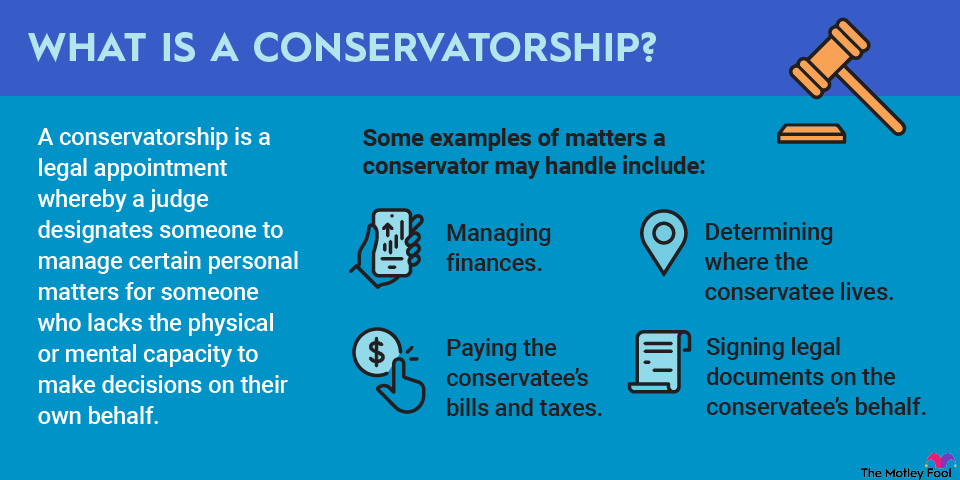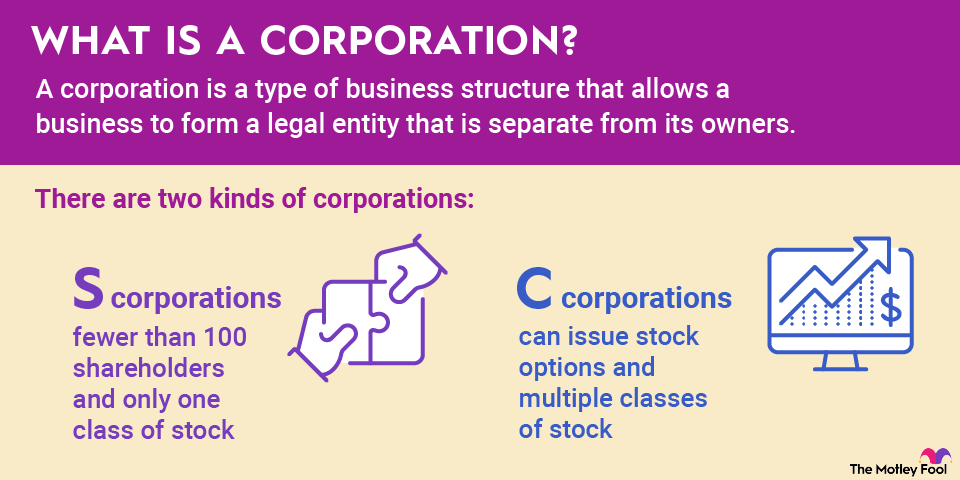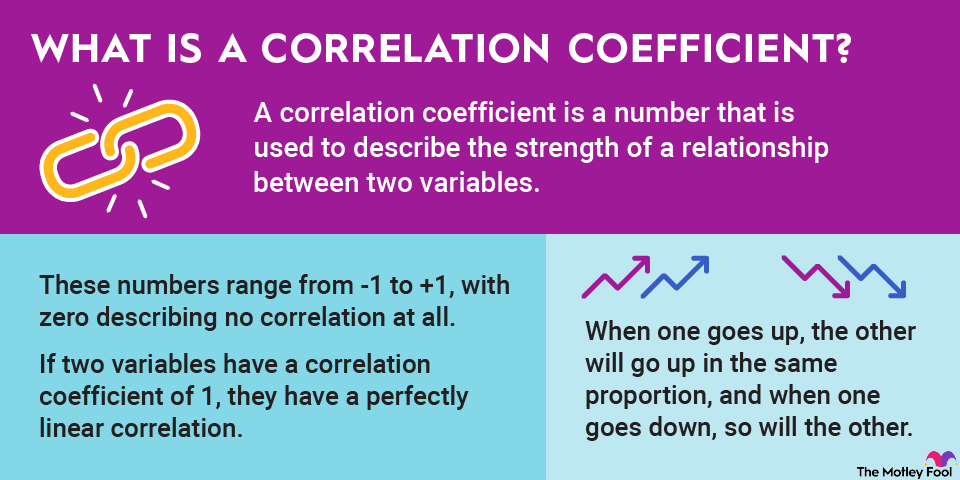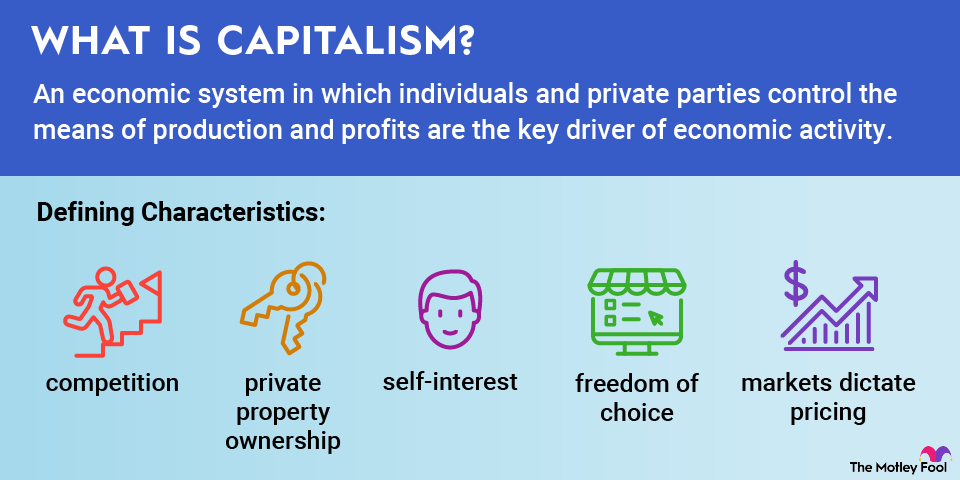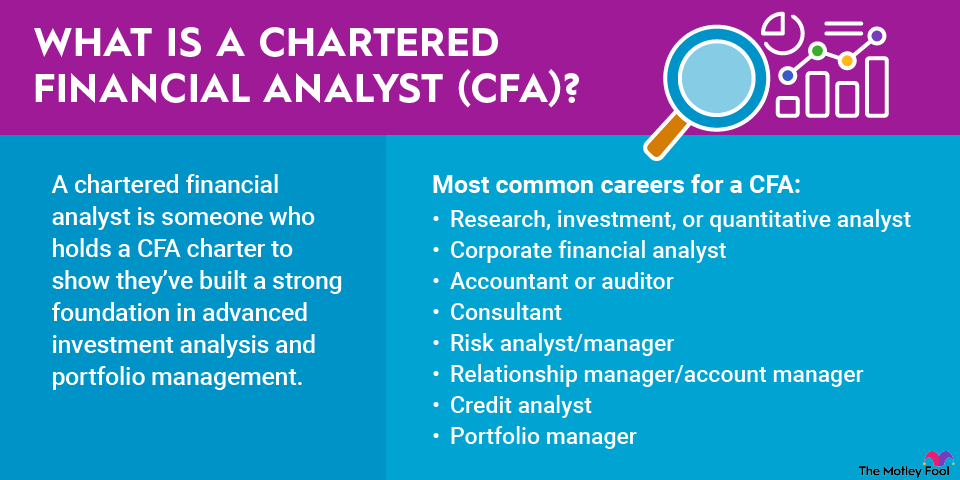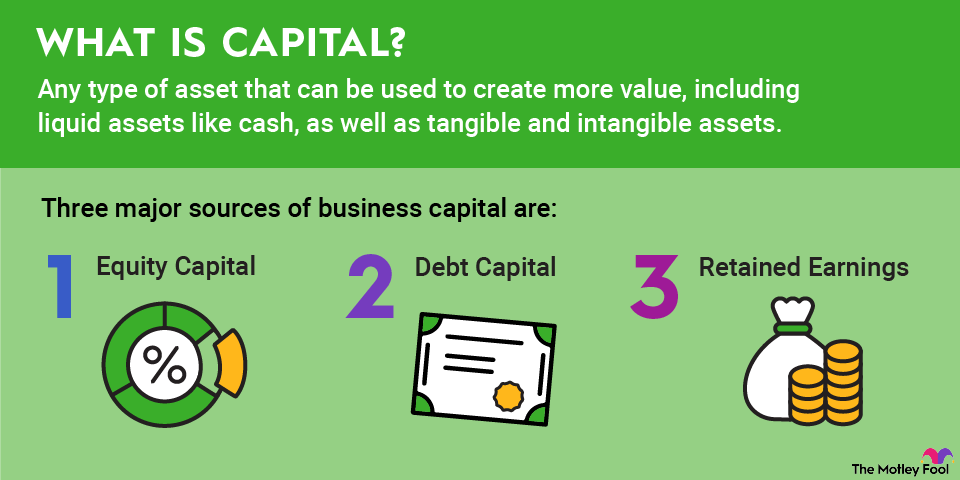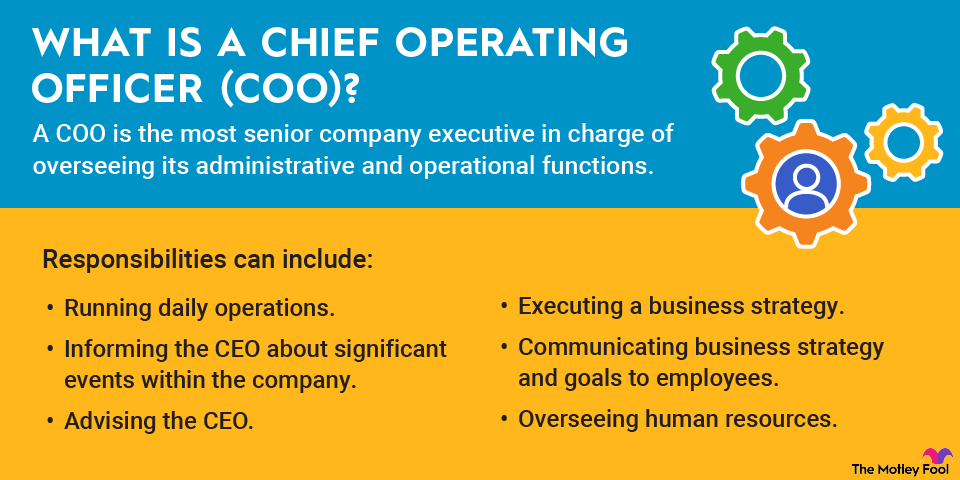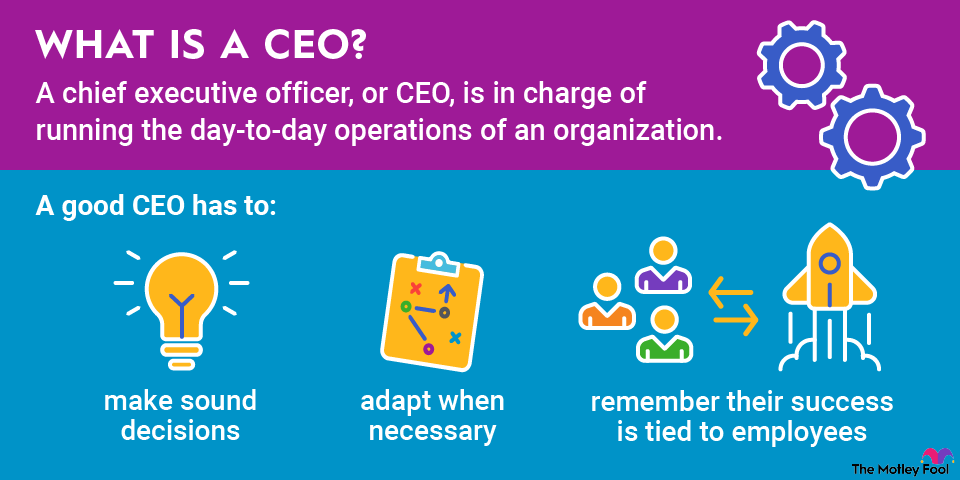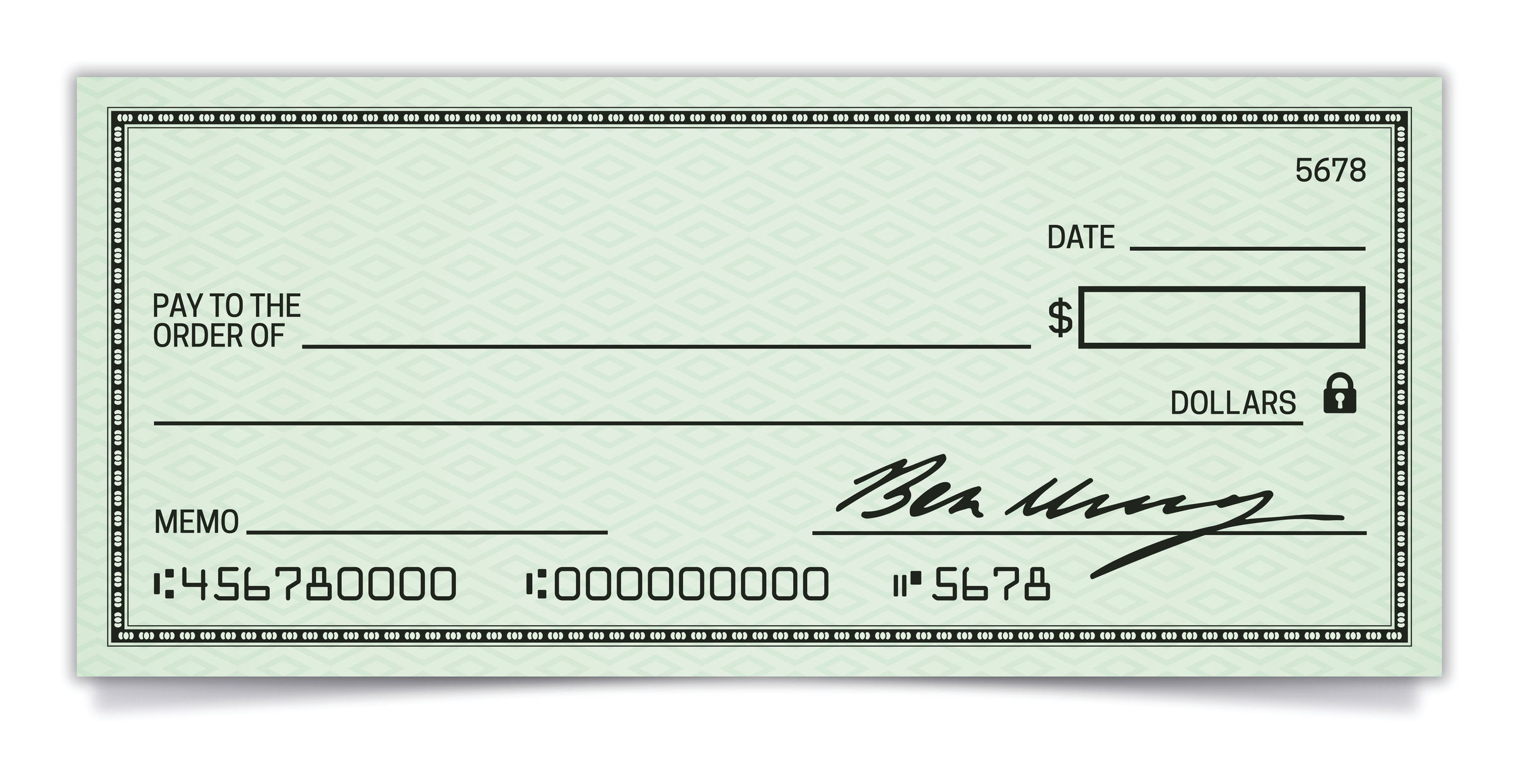Saving for retirement can be a challenge, especially if you don't have the money to contribute to your retirement account until later in your career. For these situations, there are catch-up contributions. Let's walk through what catch-up contributions are and how they work.

Saving for retirement can be a challenge, especially if you don't have the money to contribute to your retirement account until later in your career. For these situations, there are catch-up contributions. Let's walk through what catch-up contributions are and how they work.
What are catch-up contributions?
Retirement accounts have yearly contribution limits due to their tax-advantaged status. When you reach age 50, these numbers change, allowing you to contribute more to your retirement savings. Many people become eligible for catch-up contributions after their children are grown or they've paid off a large expense, like a mortgage, leaving them more room to save for retirement.
Due to the power of compounding, catch-up contributions may not be enough to make up for lost time in the market if you get a late start to investing. But they can certainly boost your nest egg if you're behind on retirement savings.
How much are catch-up contribution limits?
Catch-up contributions are contributions that exceed the normal limits for retirement funds. So, unless you've actually exceeded your base contribution for the year, you won't be making a catch-up contribution. These contributions start when you've exhausted your limit for the year.
Catch-up contributions are different based on the type of account you have, and they change yearly, but these are the limits for 2025:
- IRA (traditional or Roth) – $1,000
- 401(k) – $7,500
- 403(b) – $7,500
- SIMPLE IRA – $3,500
- 457 plan – $7,500
- Thrift Savings Plan – $7,500
Under new Secure Act 2.0 rules that took effect in 2025, people ages 60, 61, 62, or 63 who participate in 401(k)s, 403(b)s, 457s, or the Thrift Savings Plan are allowed even higher catch-up contributions. In 2025, the upper catch-up contribution limit is $11,250.
Other catch-up contribution rules
Catch-up contributions are pretty straightforward, but there are a few additional things to consider when planning your retirement savings strategy. Here are other rules to keep in mind, according to the IRS:
- Catch-up contributions cannot exceed the catch-up dollar cap that applies to your age OR the excess of your compensation over the standard cap. So, if you only earn $3,000 more than the cap on your 401(k), you won't be able to contribute more than $3,000 above the standard cap.
- 403(b) plans can allow catch-up contributions earlier if the employee has been with the organization for at least 15 years. If a 45-year-old who has been with the organization since they were 30 wanted to make catch-up contributions, that may be an option.
- Catch-up contributions don't all cut off at the same time. For many plans, they must be made before the end of the year, but IRA catch-up contributions are due by the due date of your tax return, not including any extensions.
Related investing topics
Catch-up contributions example
Let's pretend that you earn $70,000 a year and contribute to both a 401(k) and a Roth IRA. You make $70,000 a year, so you don't have to worry about rubbing up against a limit that's smaller than usual.
If you're between the ages 50 to 59 in 2025, you can contribute:
- Up to $23,500 to your 401(k) as a base.
- $7,000 to your IRA.
- $7,500 as an additional catch-up contribution to the 401(k).
- $1,000 as an additional catch-up contribution to your IRA.
This makes a total of $31,000 that you can put into your 401(k) and $8,000 for your IRA.
You'll have your 401(k) contributions (both the base amount and the catch-up contributions) deducted directly from your paycheck, so you'll see a deduction of $2,583.33 each month for the 401(k). If you make equal monthly IRA contributions, you'd put $666.67 a month into your IRA.
If you're between the ages of 60 and 63 in 2025, you'd be able to add up to $11,250 in catch-up contributions to your 401(k) -- the $7,500 base catch-up contribution plus an additional $3,750. However, there's no additional bump for your IRA contributions if you're in this age group.
As a result, you could contribute a total of $34,750 per year to your 401(k), or $2,895.83 per month. Your maximum IRA contribution for the year is still $666.67 each month if you make 12 equal contributions.
